Dryland farming is a type of agriculture practiced in regions with limited water resources. Dryland farming relies on rainfall, rather than irrigation, to water the crops. This type of farming is practiced in many parts of the world, including semi-arid regions.
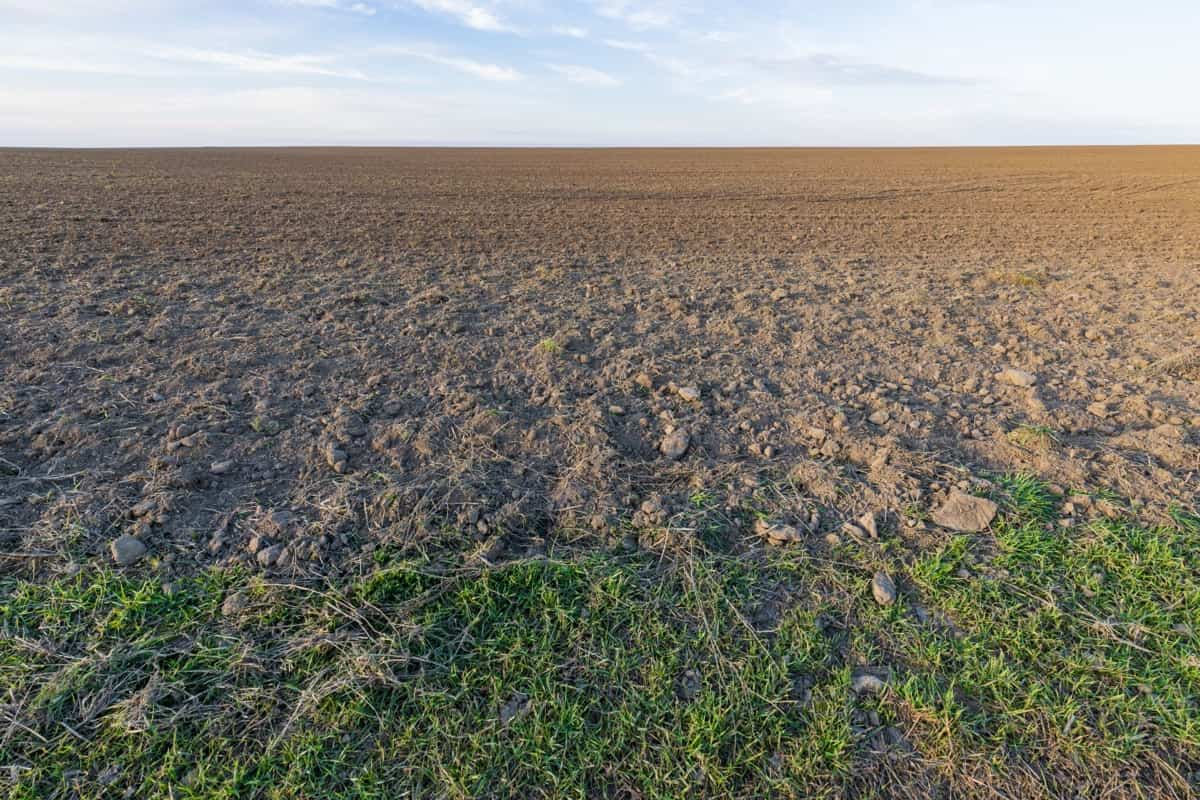
A Guide to Dryland Farming
What is Dryland Farming?
Dryland farming is a type of agriculture that relies on rainfall, rather than irrigation, to water the crops. It is typically practiced in areas with limited water resources, such as semi-arid regions. Dryland farming techniques include planting drought-resistant crops and using mulch and other soil-conservation practices to reduce evaporation and erosion.
Dryland farmers must be careful not to overgraze their land, which can lead to soil degradation and decreased crop yields. Grazing management practices, such as rotational grazing and controlled burning, can help maintain the health of the land. Dryland farming is often combined with livestock production, as the animals can graze on land that is not suitable for cultivation.
Dryland farming faces several challenges, including droughts, dust storms, and climate change. However, dryland farmers are adaptable and have developed several innovative strategies to cope with these challenges. For example, some farmers use GPS technology to predict weather patterns and optimize their irrigation schedules more accurately. Others are experimenting with new crop varieties better suited to drier conditions.
Despite the challenges, dryland farming is important in supporting local economies and food security in Semi-Arid Tropics (SAT) countries. In many SAT countries, small-scale dryland farmers make up a large percentage of the population and produce most of the food consumed locally.
In case you missed it: Doritaenopsis Farming in India: A Complete Guide for Orchid Enthusiasts
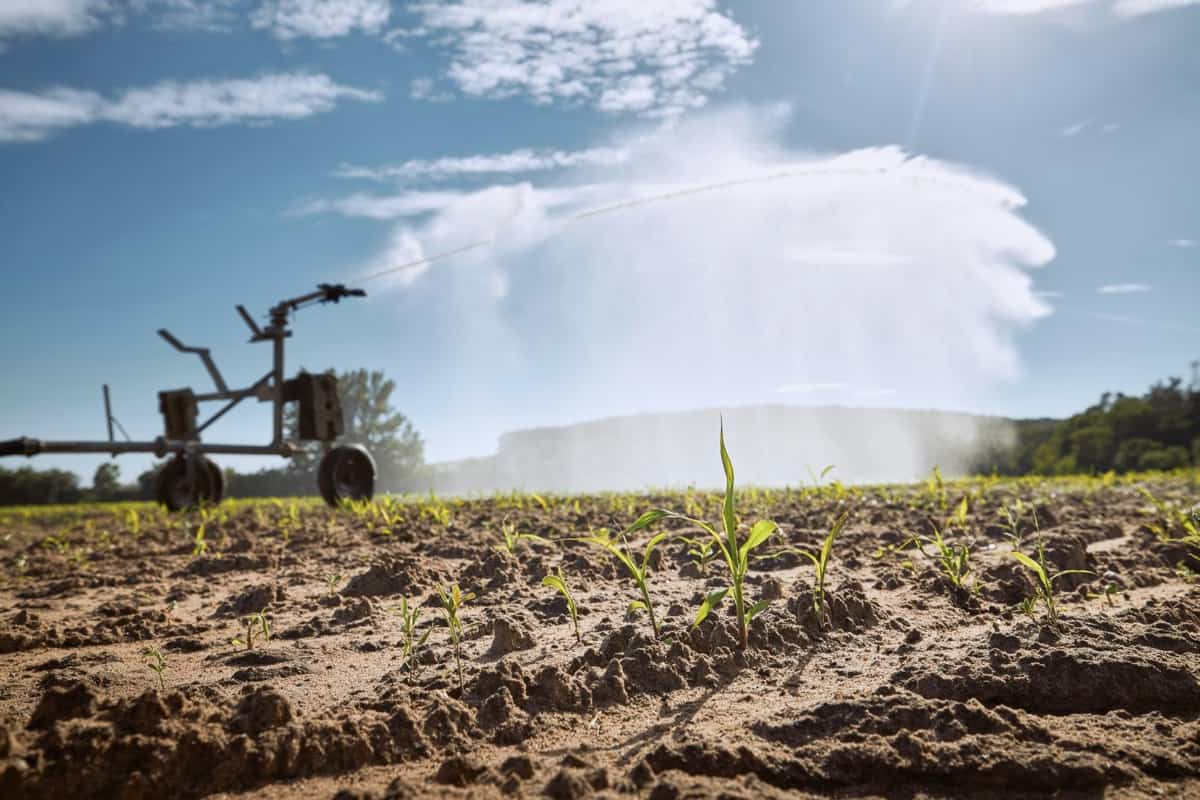
What Does Dryland Agriculture Depend On?
- Dryland agriculture is highly dependent on the natural environment. Rainfall is the most important factor in determining whether dryland farming is possible. Dryland areas typically receive between 10 and 20 inches of rain annually, but it can be as little as 5 inches or as much as 40 inches.
- Temperature is also a critical factor for dryland farming. The growing season must be long enough to allow crops to mature but not so long that the risk of drought increases. In general, dryland areas with a Mediterranean climate are well suited to dryland agriculture.
- Soil type is another important consideration for dryland farmers. Sandy soils are often too dry and warm to support successful crop growth, while clay soils may be too cold and wet. Loamy soils with good sand, silt, and clay balance are ideal for dryland farming.
- Finally, topography plays a role in determining the suitability of an area for dryland agriculture. Flat land is easier to farm than hilly or mountainous terrain, making it difficult to get water and soil erosion control.
What are the Characteristics of Dry Land Farming?
Dryland farming is a type of agriculture practiced in arid or semi-arid regions where rainfall is insufficient to support conventional farming. Dryland farmers rely on rainfall and irrigation to grow their crops. The main characteristic of dry land farming is that it is drought-resistant. Farmers use various techniques to conserve water and protect their crops from drought. For example, they may plant drought-resistant crops, grow cover crops, or use a mulch to reduce evaporation.
Dryland farming can be challenging, but it can also be very rewarding. The key to success is understanding the local climate and soil conditions and selecting the right crops for your farm. With careful planning and management, dry land farmers can produce healthy and bountiful crops even in the driest conditions.
Dryland farming is practiced in many parts of the world, including the western United States, Australia, and parts of Africa and Asia. In the United States, dryland farming is often used to grow wheat, corn, and other grains. Australia is the world’s largest dryland farm, producing various crops, including wheat, barley, and oats.
While the amount of moisture that dryland farming can provide will vary depending on the region and climate, it is typically enough to support various crops. Many dryland farmers can grow multiple crops in a single season. This means they can provide food for themselves and their families, their local community, or export.
In case you missed it: Goat Farming in Rajasthan: Step-By-Step Guide, Business Plan, Breeds, Setup Cost, Profit, and Requirements
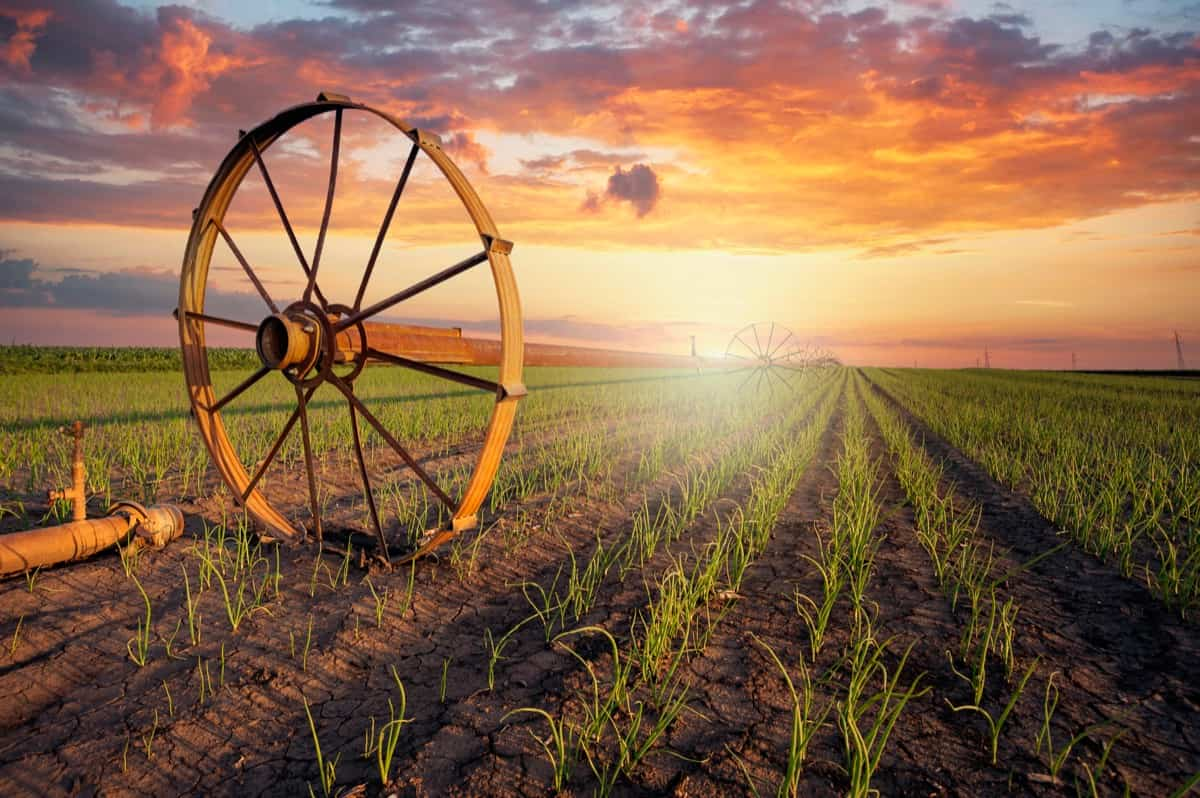
Why is Dryland Farming Important?
Dryland farming is a type of agriculture that relies on natural rainfall instead of irrigation to water crops. It is practiced in areas where the climate is too dry for irrigation to be feasible and Water tables are too deep for surface water to be available for crops.
Dryland farming is important because it helps to conserve water resources, minimizes soil erosion, and promotes sustainable agriculture. Dryland farming techniques can be used in areas with limited water resources, making it an important tool for food security in arid regions. Also, dryland farming can help mitigate climate change’s effects by reducing greenhouse gas emissions and promoting soil carbon sequestration.
Dryland farming is an agricultural technique used in areas where the rainfall is insufficient to support the growth of crops. The main objective of dryland farming is to harvest the maximum possible yield from the available water resources. Dryland farming includes several techniques, including crop rotation, contour plowing, and strip cropping.
Dryland farming is an incredibly important part of agriculture and can be a great way to use land with limited access to water. While it does require more knowledge, dedication, and hard work than other types of farming, the rewards can truly be worth it. With the right techniques and an understanding of what works best in your local area, you will have all the tools necessary to create a successful dryland farm.
Features Of Dryland Farming
Dryland farming is a type of agriculture that is practiced in areas with limited water resources. Dryland farming is characterized by long periods of drought, which can lead to crop failure. To mitigate the risk of crop failure, farmers who practice dryland farming employ various techniques, including planting drought-resistant crops and using mulch to conserve moisture.
Drought-resistant crops are an important part of dryland farming. Several drought-resistant crops, including sorghum, millet, and maize, can be grown in dryland areas. These crops can withstand long periods of drought better than other crops.
Mulching is another technique that is often used in dryland farming. Mulch is material (straw or leaves) spread over the soil’s surface. Mulch helps to conserve moisture in the soil by preventing evaporation. It also helps to keep the roots of plants cooler, which can help them survive during periods of drought.
Benefits of Dryland Farming
- One benefit is that it can help to conserve water. With dryland farming, farmers do not have to rely on irrigation to water their crops. This means less water is used overall, which can help preserve water resources.
- Another benefit of dryland farming is that it can improve soil health. Dryland farming helps increase the amount of organic matter in the soil, improving its fertility and structure. Additionally, dryland farming can help reduce soil erosion by increasing the vegetation cover on the land.
- Dryland farmers must be more careful about cropping patterns and often adopt new technologies to improve yield. This results in better management of natural resources and more efficient land use.
- Dryland farmers also tend to be more diversified in their crop production, as they grow various crops suited to the local conditions. This diversity helps to mitigate the risks associated with climate change and ensures food security in the event of a drought or other disaster.
In case you missed it: Pig Farming in Zimbabwe: Step-by-Step Starting Guide, Business Plan, Breeds, Setup Cost, and Profit
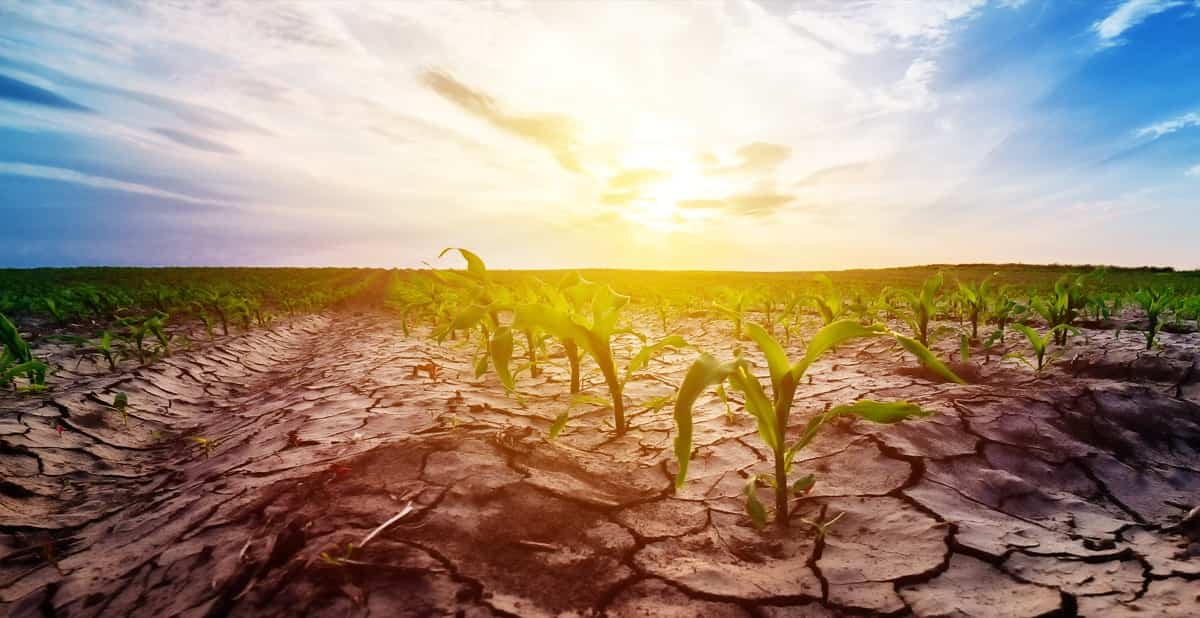
Systems Of Dryland Farming
There are two main systems of dryland farming: rainfed and supplemental irrigation. Rainfed dryland farming is the primary form of dryland agriculture and is practiced in areas where rainfall is the only water source for crops. Supplemental irrigation dryland farming is practiced in areas with access to irrigation water, such as river water or groundwater. This type of dryland farming can be more productive than rainfed dryland farming because it allows farmers to supplement the natural rainfall with irrigation when needed.
Types of Dryland Farming
Dry Farming
This agriculture relies on rainfall, rather than irrigation, to water the crops. Dryland farming is practiced in areas where the climate is too dry for rain-fed agriculture but where there is enough rainfall to support the growth of crops. Dryland farmers typically grow drought-resistant crops like Wheat, Barley, and Oats. In this method, the cultivation of plants and production of crops takes place in an area that receives rainfall of less than 750mm per year.
Red Fed Farming
This type of agriculture uses red fescue grasses to provide grazing for livestock. Red-fed farms are typically found in areas with little rainfall and poor soils. The grasses used in red-fed farming efficiently convert sunlight into food energy, making them ideal for livestock grazing. In this method, the cultivation of plants and production of crops takes place in areas that receive above 1150 mm amount of rainfall per year.
Dryland farming
The cultivation of plants or crop production occurs in areas where rainfall exceeds 750mm of rainfall per year.
Step-by-Step Process to Start Dryland Farming
- The key to successful dryland farming is to select drought-tolerant crops and carefully manage the land to minimize soil erosion.
- The first step in starting a dryland farm is to select a site with good drainage. The site should also be located in an area with reliable sun exposure and wind protection.
- Once you have selected a suitable site, the next step is to test the soil. Soil testing will help you determine the right mix of nutrients for your crops. It is also important to test for pH levels, as some crops prefer slightly acidic or alkaline soils.
- After testing the soil, it is time to prepare the land for planting. This includes clearing vegetation, tilling the soil, and creating raised beds if desired. Once the land is prepared, you can plant your chosen crops.
- It is important to monitor your crops regularly and take steps to protect them from pests and diseases. Good management practices will help ensure a successful harvest even in dry conditions.
In case you missed it: Greenhouse Farming in West Bengal: Crops, 1 Acre Greenhouse Cost, Subsidy, and Loans
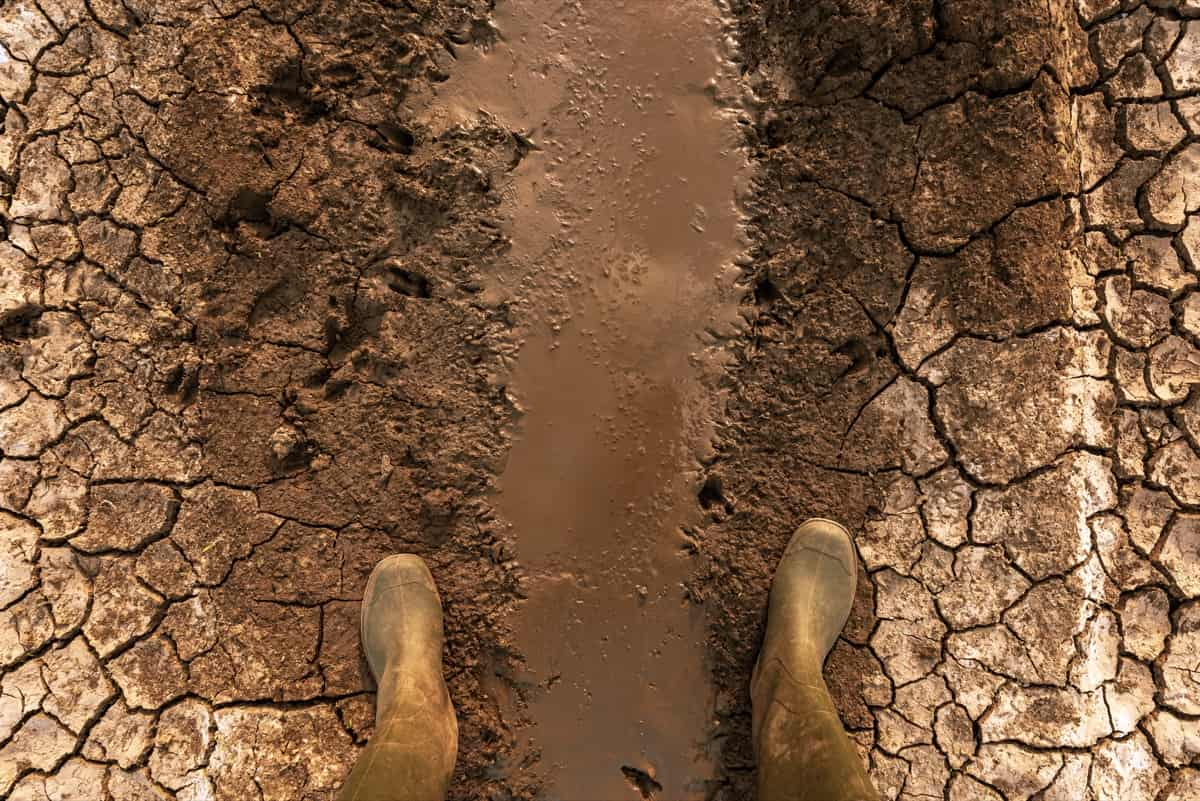
Techniques for Dryland Farming
In dryland farming, several techniques can be used to improve water retention and protect against evaporation. One common technique is mulching, which involves covering the ground with a layer of organic material such as straw or hay. This helps to prevent the soil from drying out and keeps it cooler in summer. Shelterbelts and windbreaks are another common technique used in dryland farming.
These are rows of trees or shrubs planted around the edge of a field to provide shelter from the wind. They can help to reduce evaporation and protect crops from wind damage. Weed control is also important in dryland farming. Weeds compete with crops for water and can quickly take over a field if left unchecked. Chemicals can be applied to the leaves of crops to help reduce water loss through evaporation.
Components of a Successful Dryland Farming System
- Crop rotation is the way of growing a different crop in a given field each year. This helps to prevent soil depletion and maintain fertility.
- Summer fallow is leaving fields unplanted during the summer months to allow them to rest and recover.
- Irrigation is the process of watering crops using artificial means. These systems can be expensive to set up, but they are essential for successful dryland farming.
Main Crops Grown with Dryland Farming
Major dry farming crops are millets such as Jowar, Bajra, and Ragi; Oilseeds like Mustard, Rapeseed; and Pulse Crops like Pigeon Pea, Gram, and Lentils. The main crops grown with dryland farming are Wheat, Barley, Oats, and Sorghum. Dryland farming is less reliable than irrigated agriculture, as rainfall varies yearly. This can make it difficult for farmers to know how much water their crops need. In drought, dryland farmers may rely on groundwater or other water sources to keep their crops alive.
The most important factor in successful dryland farming is choosing the right crop for the conditions. Some crops are more tolerant of dry conditions than others. For example, wheat is more drought-tolerant than corn. When choosing a crop for dryland farming, farmers should consider the amount of rainfall in the area, the length of the growing season, and the temperature.
How to Improve Soil Water Absorption for Dryland Agriculture?
A few practices can be implemented to improve soil water absorption for dryland agriculture. One is deep tillage, which helps to loosen the soil and allow water to penetrate deeper into the ground. Another is contouring plowing, which helps slow the water flow so it can soak into the ground rather than run off. Finally, rotating crops can help break up compacted soils and prevent waterlogging.
In case you missed it: Home Hydroponic Farming for Beginners: Check How This Guide Helps to Start and Set up Soilless Garden from Scratch
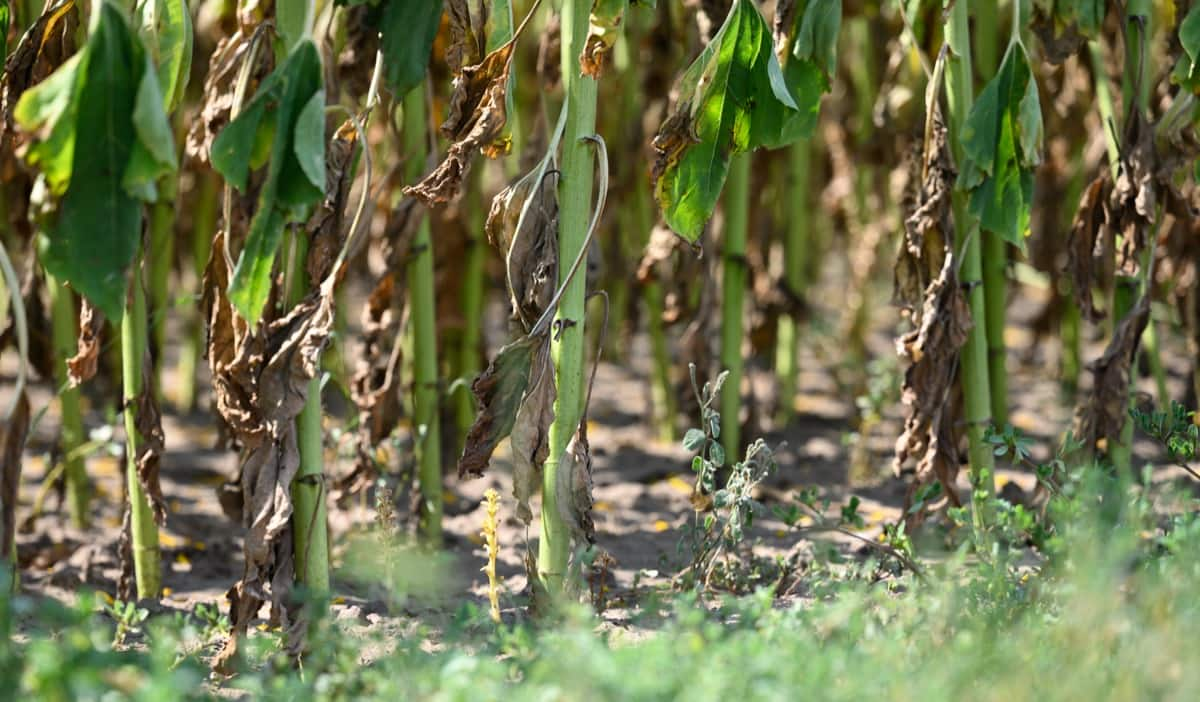
Conclusion
Dryland agriculture requires different management practices than irrigated agriculture because of rainfall’s variable and often unreliable nature. Crops must withstand long periods without water, followed by periods of heavy rains that can cause soil erosion. With careful consideration of soil type, crops, and irrigation techniques, anyone with access to arable land can get into dryland farming.
- Economical Aquaculture: A Guide to Low-Budget Fish Farming
- 15 Common Planting Errors That Can Doom Your Fruit Trees
- How to Make Houseplants Bushy: Effective Tips and Ideas
- Innovative Strategies for Boosting Coconut Pollination and Yield
- Pollination Strategies for Maximum Pumpkin Yield
- The Complete Guide to Chicken Fattening: Strategies for Maximum Growth
- Natural Solutions for Tulip Problems: 100% Effective Remedies for Leaf and Bulb-Related Issues
- Revolutionizing Citrus Preservation: Towards a Healthier, Greener Future
- Natural Solutions for Peony Leaf and Flower Problems: 100% Effective Remedies
- Maximizing Profits with Avocado Contract Farming in India: A Comprehensive Guide
- Natural Solutions for Hydrangea Problems: 100% Effective Remedies for Leaf and Flowers
- The Ultimate Guide to Choosing the Perfect Foliage Friend: Bringing Life Indoors
- From Sunlight to Sustainability: 15 Ways to Use Solar Technology in Agriculture
- The Ultimate Guide to Dong Tao Chicken: Exploring from History to Raising
- The Eco-Friendly Makeover: How to Convert Your Unused Swimming Pool into a Fish Pond
- Mastering the Art of Delaware Chicken Farming: Essentials for Healthy Backyard Flocks
- 20 Best Homemade Fertilizers for Money Plant: DIY Recipes and Application Methods
- How to Craft a Comprehensive Free-Range Chicken Farming Business Plan
- Brighten Your Flock: Raising Easter Egger Chickens for Beauty and Bounty
- How to Optimize Your Poultry Egg Farm Business Plan with These Strategies
- Subsidy for Spirulina Cultivation: How Indian Government Schemes Encouraging Spirulina Farmers
- Ultimate Guide to Raising Dominique Chickens: Breeding, Feeding, Egg-Production, and Care
- Mastering the Art of Raising Jersey Giant Chickens: Care, Feeding, and More
- Ultimate Guide to Raising Legbar Chickens: Breeding, Farming Practices, Diet, Egg-Production
- How to Raise Welsummer Chickens: A Comprehensive Guide for Beginners
- How to Protect Indoor Plants in Winter: A Comprehensive Guide
- Ultimate Guide to Grow Bag Gardening: Tips, Tricks, and Planting Ideas for Urban Gardeners
- Guide to Lotus Cultivation: How to Propagate, Plant, Grow, Care, Cost, and Profit
- Agriculture Drone Subsidy Scheme: Government Kisan Subsidy, License, and How to Apply Online
- Ultimate Guide to Raising Araucana Chickens: Breed Profile, Farming Economics, Diet, and Care
- Bringing Hydroponics to Classroom: Importance, Benefits of Learning for School Students
- Ultimate Guide to Raising Polish Chickens: Breed Profile, Farming Economics, Diet, and Care
- Ultimate Guide to Raising Australorp Chickens: Profile, Farming Economics, Egg Production, Diet, and Care
- Silkie Chicken Farming: Raising Practices, Varieties, Egg Production, Diet, and Care
- Sussex Chicken Farming: Raising Practices, Varieties, Egg Production, Diet and Care
- Homemade Feed Formulations for Livestock: Discover Cost-effective Starter to Finisher Feed Recipes